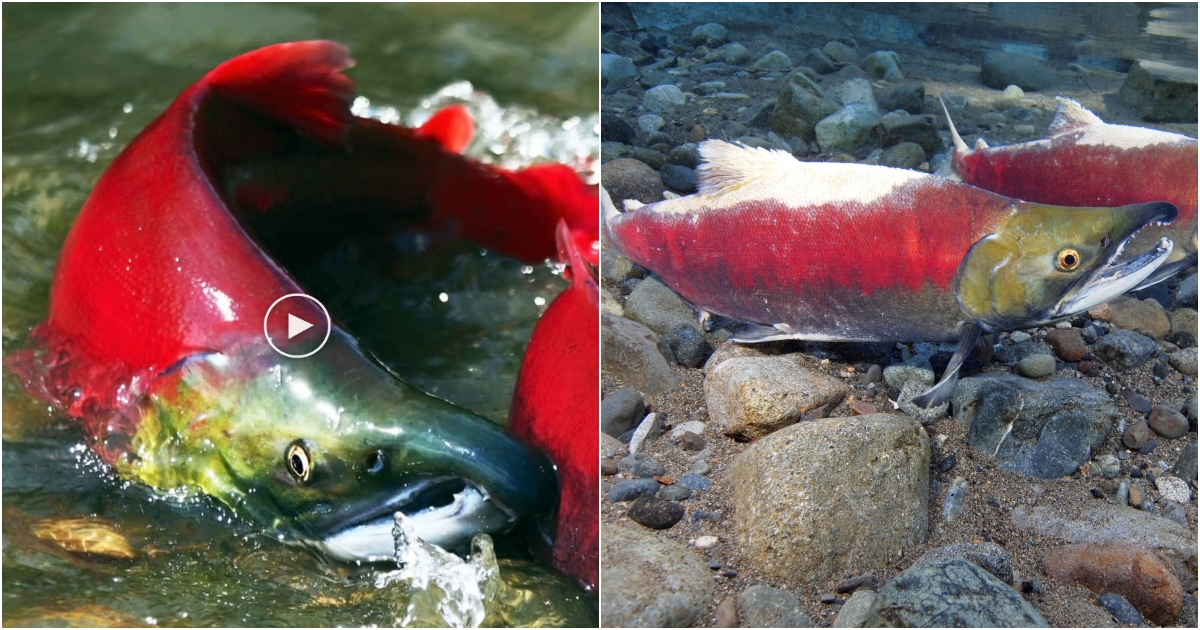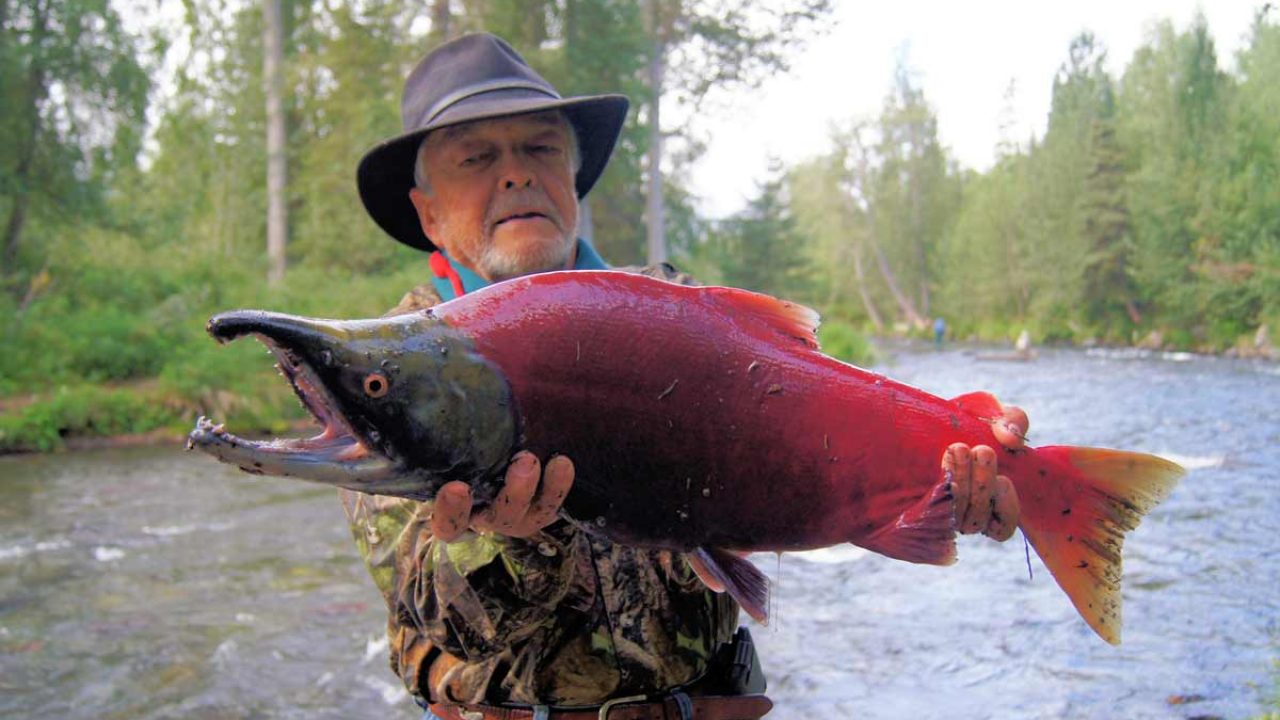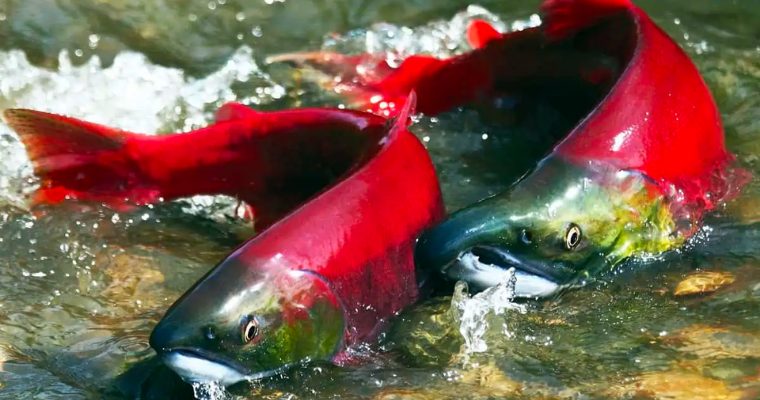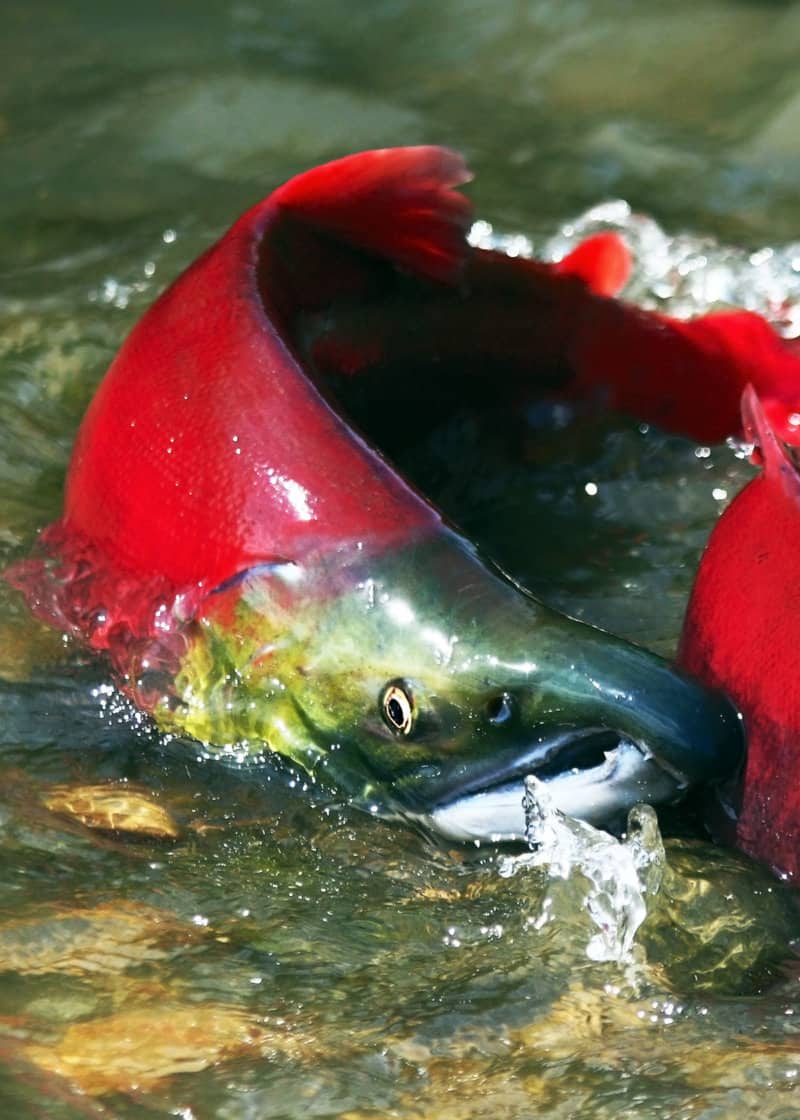The Boundary Breaker Exploring the Extraordinary Animal that Flourishes in Both Fresh and Saltwater Realms.

The animal you are referring to is the sockeye salmon (Oncorhynchus nerka). Sockeye salmon are indeed remarkable creatures that are able to thrive in both freshwater and saltwater environments.
The life cycle of sockeye salmon begins in freshwater, where they hatch from their eggs in streams and lakes. These freshwater habitats provide a suitable environment for the early stages of their development. Once they have grown and gained strength, typically after one to three years, they undergo a process known as smoltification.

During smoltification, the juvenile sockeye salmon undergo physical and physiological changes that enable them to adapt to the transition from freshwater to the ocean. Their bodies become more streamlined, and they develop a silvery coloration that helps them blend in with the marine environment. At this stage, they are ready to embark on their journey to the ocean.
The sockeye salmon then undertake an incredible migration from freshwater to the open ocean, where they spend a significant portion of their adult lives. They swim for long distances, often hundreds or even thousands of kilometers, relying on their strong swimming abilities to navigate rivers, lakes, and eventually the ocean.
While in the ocean, sockeye salmon undergo further transformations. They continue to grow and develop, feeding on various marine organisms to sustain themselves. During this period, their coloration changes once again. The silvery hues become more pronounced, giving them a distinct appearance.
When sockeye salmon reach sexual maturity, typically between three to five years of age, they undergo one final transformation. They begin their return journey to the freshwater nurseries where they were born. As they approach their spawning grounds, their bodies undergo dramatic color changes. The males develop a vibrant red coloration, and their heads turn green, while the females develop a darker, more subdued coloration.
Upon reaching their freshwater spawning grounds, the sockeye salmon engage in a remarkable reproductive process. The females excavate nests, called redds, in the gravel beds of the streams or lakes. They deposit their eggs, and the males fertilize them. After spawning, the adult sockeye salmon have completed their life cycle, and they typically die shortly thereafter.
The eggs laid by the female sockeye salmon will hatch into a new generation of juveniles, restarting the life cycle. The young sockeye salmon will spend a period of time in the freshwater nurseries, growing and preparing for their own migration to the ocean, thus continuing the extraordinary cycle of adaptation and reproduction that allows them to flourish in both fresh and saltwater realms.
The ability of sockeye salmon to navigate between freshwater and saltwater habitats is an adaptation that has enabled their species to thrive in diverse environments. This unique characteristic sets them apart from many other animals and showcases the remarkable adaptations and life strategies found in the animal kingdom.






